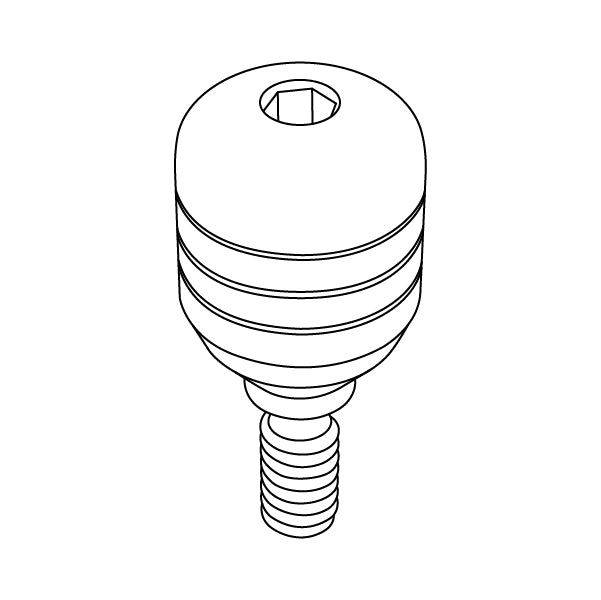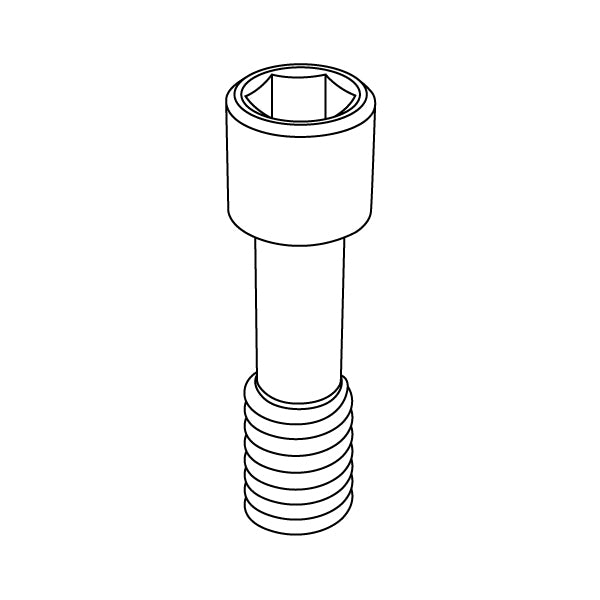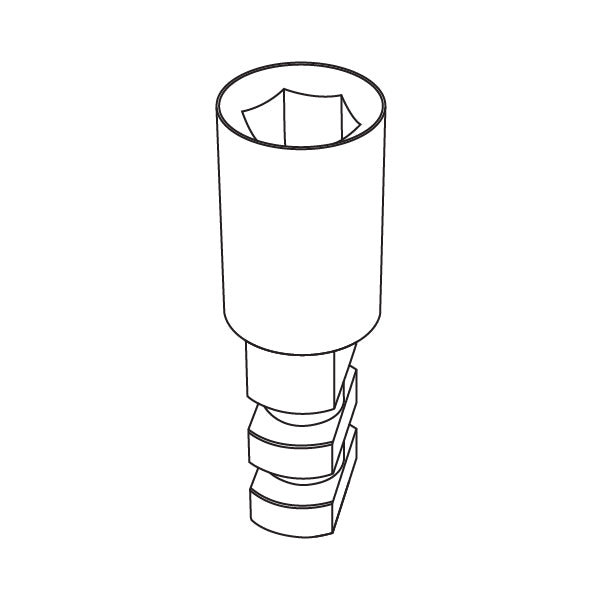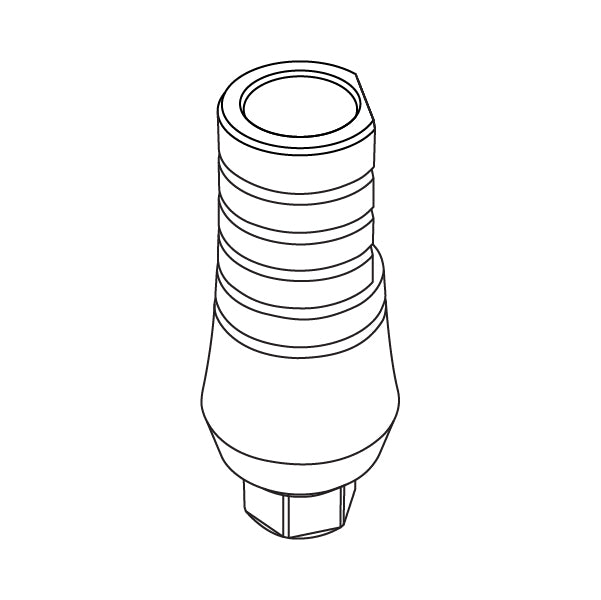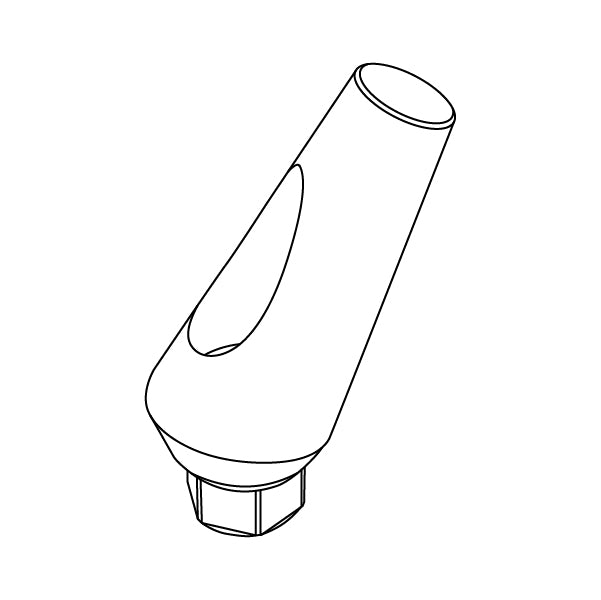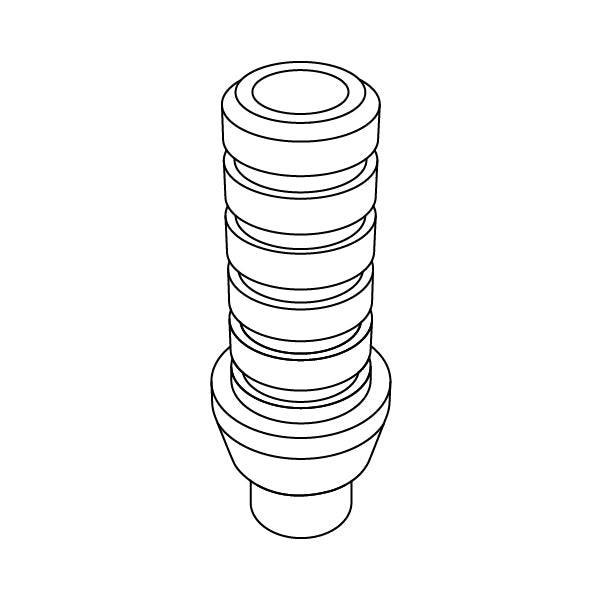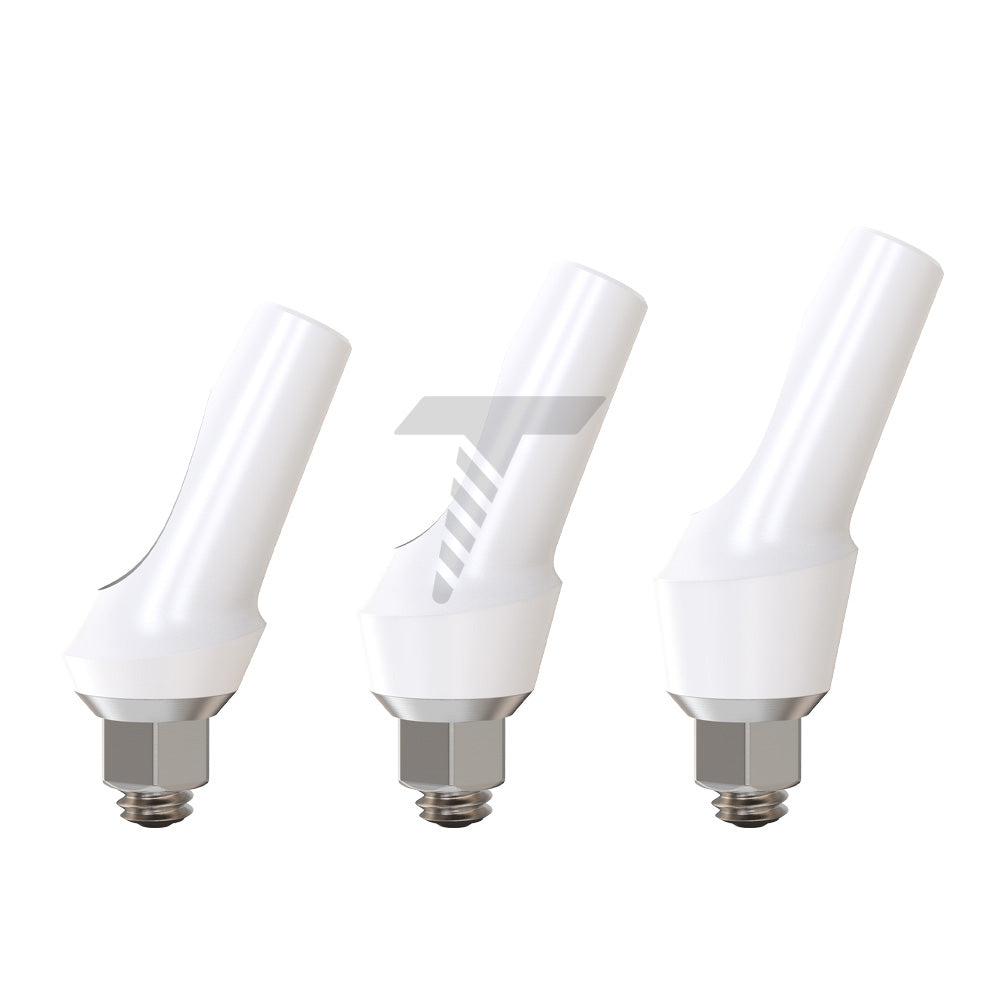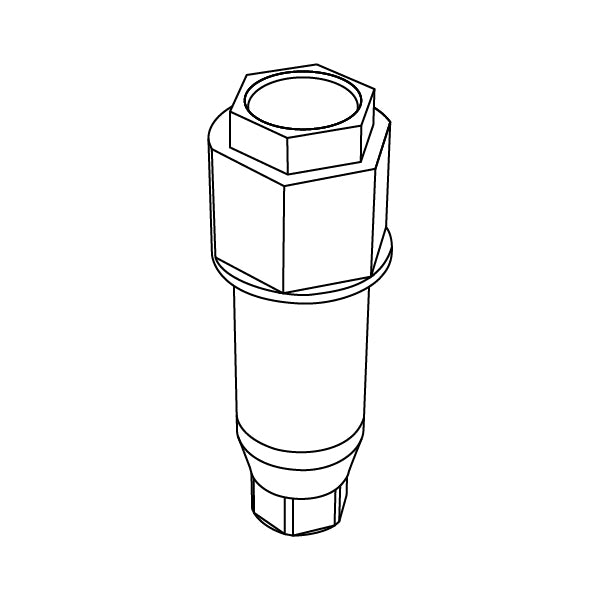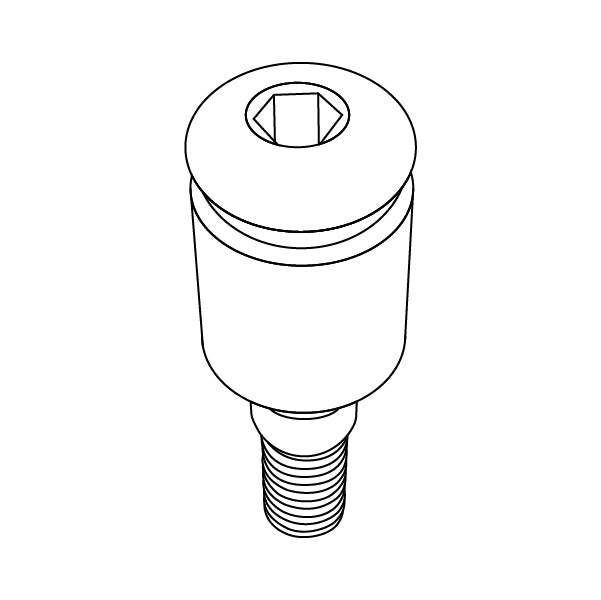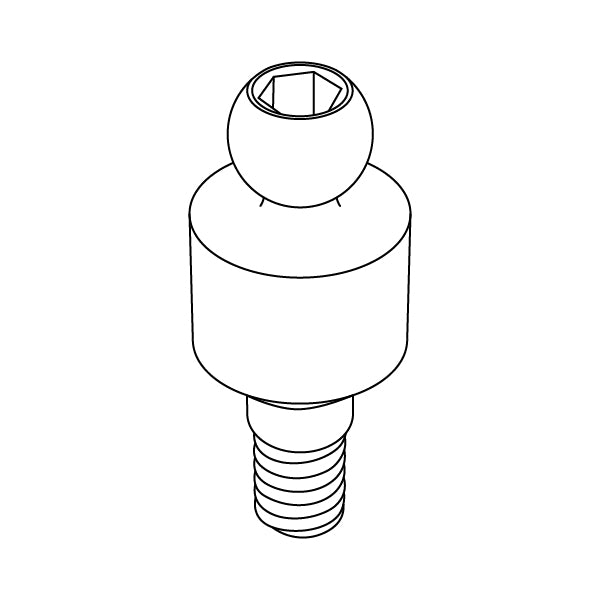Our Dental Healing Caps have been specially designed to promote soft and hard tissue healing around a dental implant.
We stock a choice of different caps to suit different clients.
You can choose between narrow conical connection platform (NP) to Regular conical connection (RP).
They are also carefully constructed from quality, Titanium grade 5 (TI-6AL-4V ELI).
FAQs
Healing caps are essential for the recovery process after going through a dental implant procedure. They are meant to protect the implant site to make sure the gum tissue heals properly.
There are several kinds of GDT healing caps. Dentists need to check the patient’s situation and pick one based on the type of dental implant they need. Oral surgeons need to tell their patients the healing caps they should specifically get for their process or sell them to them directly.
Selecting the appropriate length for a healing cap is crucial to facilitate proper tissue healing and to prepare for the placement of the final abutment and crown. The healing cap should be slightly taller than the gingival height to adequately shape the soft tissue, ensuring easy access and removal. This height is necessary to make sure the cap protrudes through the gingiva, preventing the tissue from growing over it. If the implant is placed deeper within the bone, a longer healing cap may be required to compensate for the additional gingival height and ensure that it extends beyond the gum line. Additionally, when the final abutment and crown demand a specific gingival contour or height, choosing a healing cap that supports these requirements is essential for achieving the desired aesthetic and functional results.
The recommended torque for tightening healing caps is 15 Ncm.
It's essential to use a torque wrench when applying healing caps to ensure that the torque is applied accurately and consistently. This tool helps prevent over-tightening, which could damage the implant or the bone, and under-tightening, which might lead to micro-movement and poor integration.
Healing caps are crucial for protecting dental implants during the healing phase, but they can be associated with certain complications if not properly managed.
Common issues include loosening of the cap, which can lead to bacterial leakage and infection, and tissue overgrowth if the cap is too short, potentially complicating its removal. Infections can arise from poor oral hygiene, and allergic reactions, though rare, may occur in response to the material of the cap. Additionally, improperly sized or positioned caps can lead to gingival recession or mechanical damage during daily activities, exposing the implant to further risks.
To minimize these risks, it's essential for both patients to maintain excellent oral hygiene and for dental professionals to ensure the healing caps are correctly installed and monitored during follow-up visits.

